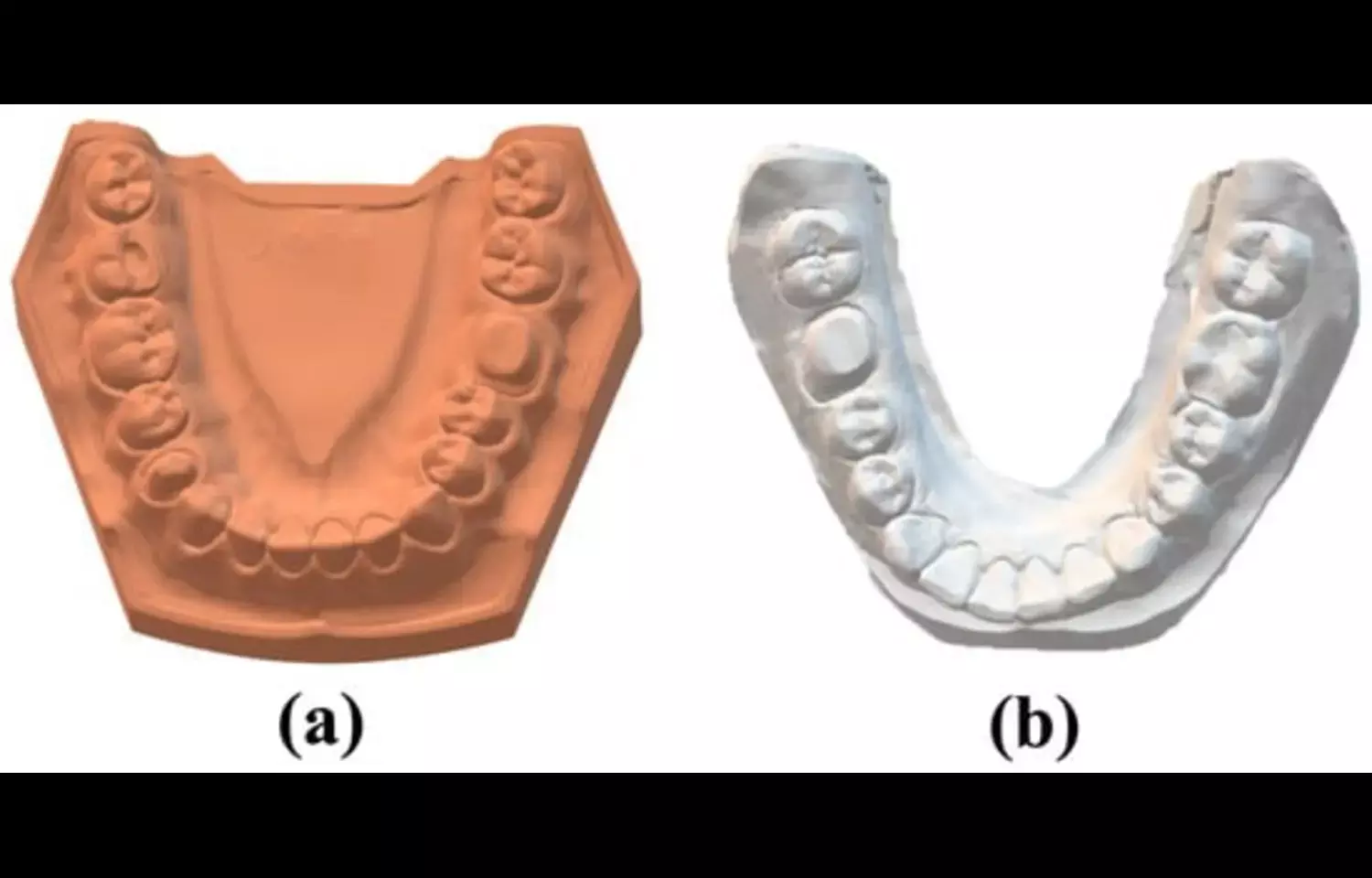- Home
- Medical news & Guidelines
- Anesthesiology
- Cardiology and CTVS
- Critical Care
- Dentistry
- Dermatology
- Diabetes and Endocrinology
- ENT
- Gastroenterology
- Medicine
- Nephrology
- Neurology
- Obstretics-Gynaecology
- Oncology
- Ophthalmology
- Orthopaedics
- Pediatrics-Neonatology
- Psychiatry
- Pulmonology
- Radiology
- Surgery
- Urology
- Laboratory Medicine
- Diet
- Nursing
- Paramedical
- Physiotherapy
- Health news
- Fact Check
- Bone Health Fact Check
- Brain Health Fact Check
- Cancer Related Fact Check
- Child Care Fact Check
- Dental and oral health fact check
- Diabetes and metabolic health fact check
- Diet and Nutrition Fact Check
- Eye and ENT Care Fact Check
- Fitness fact check
- Gut health fact check
- Heart health fact check
- Kidney health fact check
- Medical education fact check
- Men's health fact check
- Respiratory fact check
- Skin and hair care fact check
- Vaccine and Immunization fact check
- Women's health fact check
- AYUSH
- State News
- Andaman and Nicobar Islands
- Andhra Pradesh
- Arunachal Pradesh
- Assam
- Bihar
- Chandigarh
- Chattisgarh
- Dadra and Nagar Haveli
- Daman and Diu
- Delhi
- Goa
- Gujarat
- Haryana
- Himachal Pradesh
- Jammu & Kashmir
- Jharkhand
- Karnataka
- Kerala
- Ladakh
- Lakshadweep
- Madhya Pradesh
- Maharashtra
- Manipur
- Meghalaya
- Mizoram
- Nagaland
- Odisha
- Puducherry
- Punjab
- Rajasthan
- Sikkim
- Tamil Nadu
- Telangana
- Tripura
- Uttar Pradesh
- Uttrakhand
- West Bengal
- Medical Education
- Industry
Surface Texture, Tooth Material, and Scanning Humidity may influence Precision of Intraoral Scans: Study

In a recent in-vitro study, researchers found that the accuracy of intraoral scans is significantly influenced by the surface texture of the tooth, the type of tooth substrate (or restorative material), and the ambient humidity present during scanning.
The investigation evaluated different substrate conditions—including natural enamel, zirconia, lithium disilicate and nanoceramic resin—as well as varying degrees of surface wetness, and found that both the material and the humidity conditions independently affected scanning trueness and precision. What this really means is that when teeth or restorations have rougher surfaces, or when the environment is more humid, digital intraoral scanners may produce less reliable data.
The authors also observed that certain materials performed better under controlled (dry or low-humidity) conditions than others. For example, lithium disilicate showed superior scanning performance under higher wetness compared with nanoceramic resin, pointing to the fact that the optical and reflective properties of restorative substrates matter. The study emphasizes that surface texture—not just the bulk material—can alter how light is captured and stitched by the scanner software. In addition, the presence of increased humidity or surface moisture appears to degrade scan accuracy, likely by affecting the optical path, introducing reflections or scattering, and altering how the device stitches sequential images.
What this means clinically is that when using digital intraoral scans—whether for prosthetics, orthodontics or implant workflows—practitioners should be aware that factors beyond operator skill and scanner technology matter. To improve scan quality, drying the tooth surfaces before scanning, minimising ambient humidity, and ensuring smooth or polished surfaces (or selecting materials compatible with scanning) may help. Future research will be needed to establish standardized thresholds and protocols for scan-friendly materials and conditions, but the evidence supports paying attention to substrate and environment for better digital outcomes.
Dr. Shravani Dali has completed her BDS from Pravara institute of medical sciences, loni. Following which she extensively worked in the healthcare sector for 2+ years. She has been actively involved in writing blogs in field of health and wellness. Currently she is pursuing her Masters of public health-health administration from Tata institute of social sciences. She can be contacted at editorial@medicaldialogues.in.
Dr Kamal Kant Kohli-MBBS, DTCD- a chest specialist with more than 30 years of practice and a flair for writing clinical articles, Dr Kamal Kant Kohli joined Medical Dialogues as a Chief Editor of Medical News. Besides writing articles, as an editor, he proofreads and verifies all the medical content published on Medical Dialogues including those coming from journals, studies,medical conferences,guidelines etc. Email: drkohli@medicaldialogues.in. Contact no. 011-43720751


